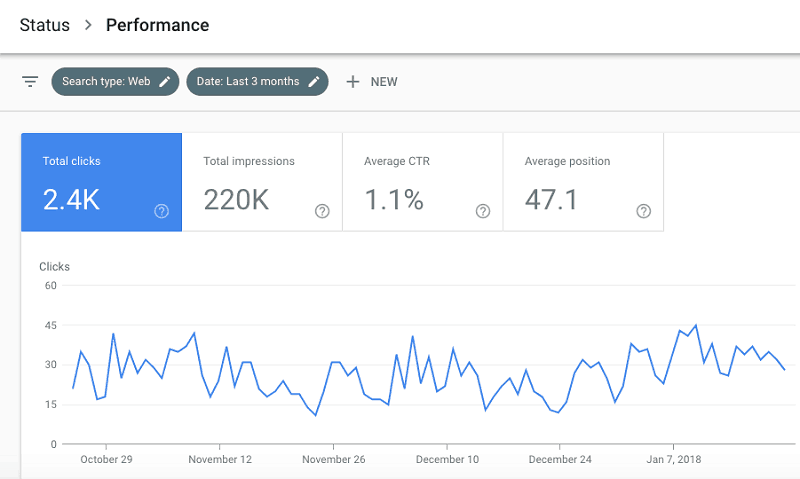Investing in the stock market has become one of the most accessible and powerful ways for individuals to build long-term wealth. Whether you’re saving for retirement, planning for a large purchase, or simply seeking to grow your savings, understanding the fundamentals of stock investment is an essential first step. Among the various types of investments available, common stocks are by far the most widely held and traded.
Table of Contents
Why Investors Choose Common Stocks

There are several reasons why common stocks remain a cornerstone of investment portfolios around the world. One of the most compelling is the potential for capital growth. When a company increases its revenue and becomes more profitable, the value of its shares typically rises. This appreciation can translate into significant long-term gains for investors.
In addition to growth, some companies also pay dividends. These are periodic payments made to shareholders, often derived from profits, and can offer a steady stream of income. Although dividends are not guaranteed, they’re a welcome benefit for investors seeking both growth and income.
Another advantage of common stocks is liquidity. Because they’re traded on active exchanges, investors can buy and sell them relatively quickly, making it easier to respond to changes in financial goals or market conditions. Perhaps most importantly, owning common stock gives investors a sense of agency. Shareholders have voting rights, which means they can influence key decisions that shape the company’s future.
How Common Stocks Are Valued
Valuing common stocks is both an art and a science. The market price of a stock reflects what investors are currently willing to pay, but that doesn’t always align with the stock’s intrinsic value, which is based on the company’s underlying financial health and future prospects.
One of the most widely used valuation tools is the price-to-earnings (P/E) ratio. This compares the current share price to the company’s earnings per share, offering insight into how the market values its profits. A high P/E ratio might suggest that investors expect strong future growth, while a low P/E could indicate the stock is undervalued or facing challenges.
Another important metric is earnings per share (EPS), which shows how much profit is attributed to each outstanding share. Strong and consistent EPS growth is often a positive sign for investors. The price-to-book (P/B) ratio is also useful, particularly when evaluating asset-heavy companies. This ratio compares a stock’s market price to the company’s book value, helping investors identify potential undervaluation.
Dividend yield is especially relevant for income-focused investors. It indicates the annual dividend payout relative to the stock’s price, providing a quick gauge of potential returns from dividends alone.
In addition to these fundamental tools, some investors rely on technical indicators to guide their buying and selling decisions. Chart patterns, moving averages, and trading volumes can help spot trends, though they don’t assess the underlying value of a business.
Key Factors That Influence Stock Prices
Stock prices are constantly moving due to a combination of internal performance metrics and external market conditions. A company’s financial results, including revenue, profit margins, and management performance, play a major role in determining its stock price. Strong quarterly earnings or the launch of a new product can generate investor enthusiasm and drive prices higher.
Broader industry trends also matter. A company that’s part of a growing sector, such as clean energy, technology, or healthcare, may benefit from the rising tide lifting all boats. Conversely, firms in declining or disrupted sectors may struggle to maintain investor interest.
Economic indicators, such as interest rates, inflation, and employment levels, have far-reaching impacts. Central bank decisions can influence borrowing costs and consumer spending, which in turn affect company earnings. Investor sentiment, shaped by media coverage, political developments, and global events, can also cause short-term fluctuations that don’t always reflect the company’s actual performance.
Building a Stock Portfolio
Creating a successful stock portfolio involves more than just choosing a few popular stocks. A good portfolio is built on diversification, which means spreading your investments across different sectors, industries, and geographic regions. This helps reduce risk because poor performance in one area can be offset by strength in another.
It’s also important to align your investments with your financial goals and time horizon. For example, someone saving for retirement in 30 years might take more risks than someone planning to use the money within the next five years. Risk tolerance varies from person to person, and understanding your comfort level with market ups and downs can help guide your choices.
Many investors start by including index funds or exchange-traded funds (ETFs) in their portfolio. These products provide exposure to a broad basket of stocks and are often used as a foundation for long-term investing.
Conclusion
Investing in the stock market can be a rewarding journey when approached with knowledge and care. Common stocks offer a compelling way to participate in the success of businesses, whether you’re seeking growth, income, or long-term financial security. By understanding how stocks are valued, what drives their prices, and how to manage risks, you set the stage for informed decision-making and financial empowerment.
The key to successful investing isn’t guessing which stock will soar tomorrow—it’s building a thoughtful strategy, staying informed, and remaining focused on your goals. Whether you’re just starting out or refining your current approach, there’s always more to learn more as you grow into a confident and capable investor.
























